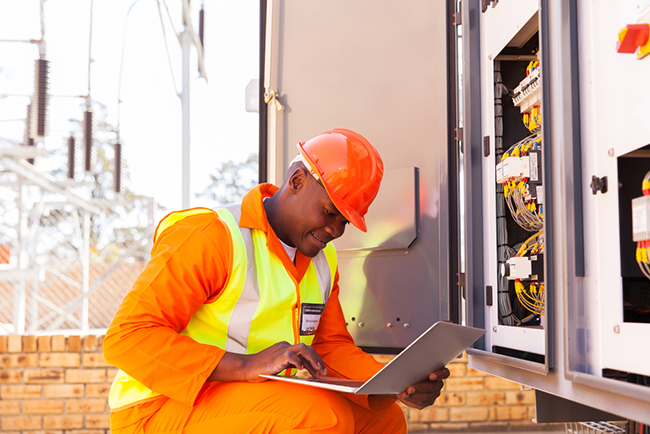3 Enclosure Design & Cooling Considerations when Designing Electronics for Outdoors
When you require enclosure cooling for your sensitive electronic equipment, dealing with the outdoor elements can complicate things slightly. Without the constant ambient environment present as in most indoor facilities or the shelter provided by the building to shield the enclosure from precipitation and other outdoor elements, the enclosure can be subjected to much more extreme conditions when placed outdoors. Here are some things to keep in mind when planning and designing your electrical enclosure cooling system to be located outdoors.
Moisture and Contaminants
A NEMA type 4 or 4X closed loop cooling system will prevent any moisture from entering the enclosure during closed-door operation, and dirt and dust from the surroundings will also be kept out. Even so, any time the door is open for emergency repairs or routine maintenance, contaminants have an opportunity to enter the enclosure.
When constructing the enclosure, consider the prevailing wind direction, and orient the door away from the wind, so dirt and dust will not be blown directly into the enclosure. Also consider a secondary shield, such as a tarp or awning that can be erected around the enclosure when repairs will be performed. This way the enclosure will remain cleaner and drier when the door is open.
Temperature
Any electrical enclosure will require an adequately sized cooling system to prevent the electronic equipment from overheating. An enclosure located outdoors will also need to protect the equipment from the sun’s radiation, and wide ranging temperature swings. With an enclosure properly sized to fit the equipment, and an enclosure cooling system designed to provide appropriate cooling, the equipment can be kept at the proper temperature regardless of the ambient conditions.
When determining the proper enclosure cooling system, be sure to consider not just the thermal load of the equipment, but the solar load as well. Placement of the enclosure in shaded areas can be advantageous to reduce thermal load, but only if the location does not impede normal operation. Wind can also play a positive factor, as higher wind speed can provide a more efficient cooling solution.
Maintenance of Enclosure Cooling Systems
For an electrical enclosure located outdoors, having a closed loop cooling system allows for lower levels of contaminants and moisture. Both air conditioners and air to air heat exchangers allow for completely closed loop cooling, but require regular maintenance to be fully functional. On the other hand, passive cooling can provide some level of thermal management, but normally is not efficient enough to keep your electronic equipment within the proper temperature range.
If you foresee maintenance of the electronic equipment to be more regular, you may want to consider an open door kill switch, which will automatically shut off an air conditioner when the enclosure door is opened. This will prevent generation of excessive condensate and avoid wasted energy.
Want to find out more about electrical enclosure cooling packages that can fit your needs in outdoor locations? Contact the knowledgeable sales team at Thermal-Edge soon. Avoiding costly repairs to electronic equipment through properly sealed enclosures and properly sized cooling solutions is only a step away.



